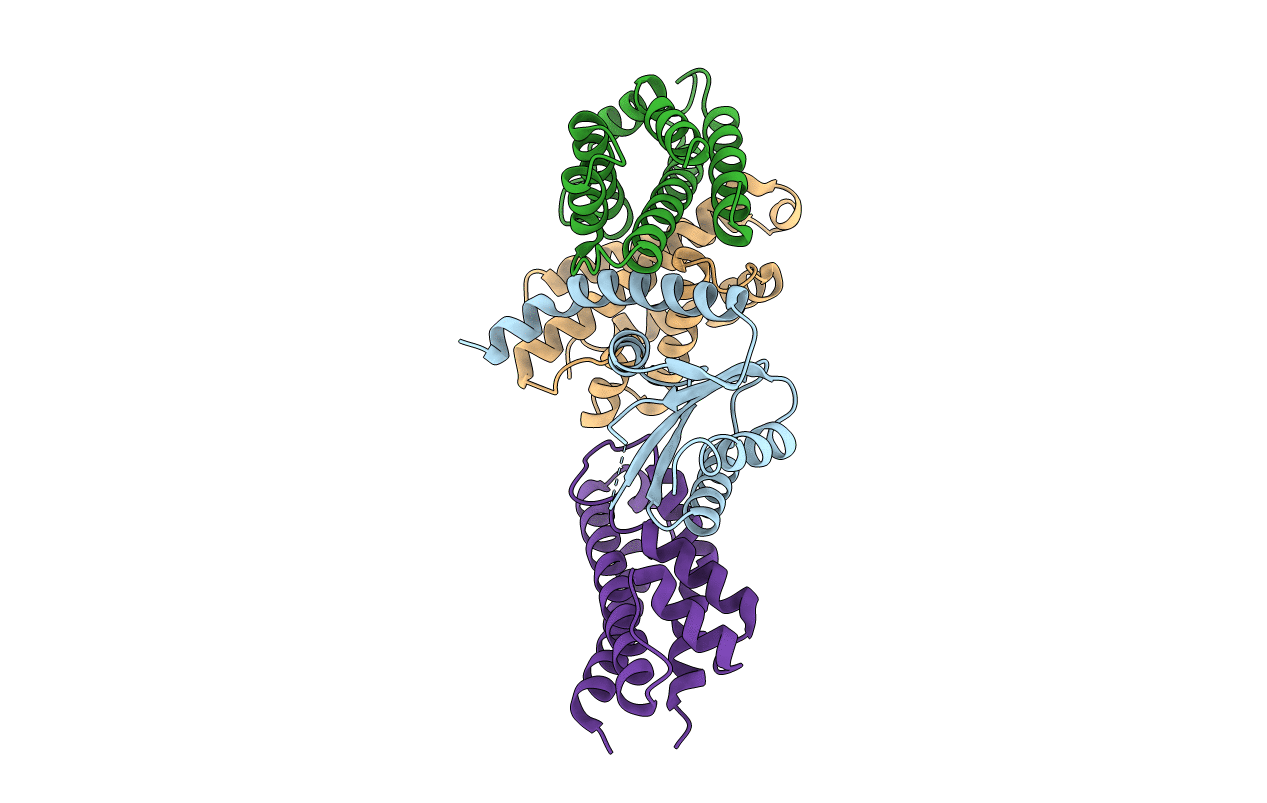
Deposition Date
2017-09-19
Release Date
2018-03-28
Last Version Date
2024-11-06
Entry Detail
PDB ID:
5YEP
Keywords:
Title:
Crystal structure of SO_3166-SO_3165 from Shewanella oneidensis
Biological Source:
Source Organism:
Shewanella oneidensis (Taxon ID: 211586)
Host Organism:
Method Details:
Experimental Method:
Resolution:
3.00 Å
R-Value Free:
0.29
R-Value Work:
0.26
R-Value Observed:
0.26
Space Group:
P 21 21 2


